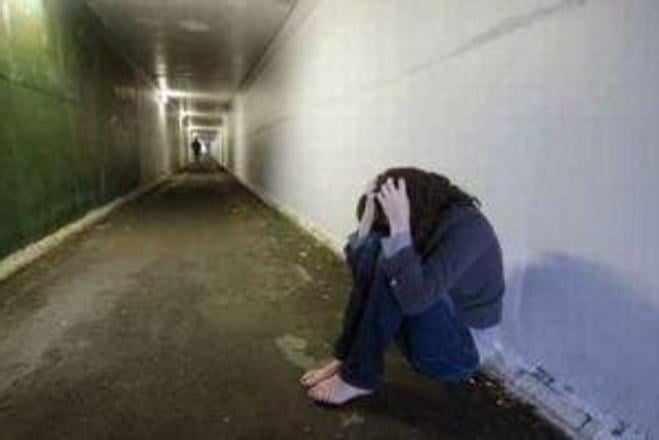Suicide is now the leading cause of death worldwide among female teenagers aged 15 to 19, according to a World Health Organization study from December 2014. And yet, while schools educate teens about drugs and sex, suicide remains taboo in Slovak classrooms.
The death of three Slovak girls in the last week is more than just a crushing tragedy for their families. It demands that parents and schools overcome their own fear, ignorance and conservatism, and finally act to prevent teenage suicide.
A study of 168 schools in 10 EU countries reported in January 2015 that after a year, a programme of lectures and role-playing about suicide reduced suicide attempts by half compared to schools that had no such programmes. Programmes that merely educated teachers to identify at-risk students, or that used psychiatrists to screen students referred to them, were far less successful.
The reason is obvious. The Swedish psychiatrist who conducted the study said it worked because “students felt that the power of mastering their feelings, coping with stress and choosing solutions was in their hands and not decided or forced by adults.”
Read also:
Many fear that talking openly about suicide is likely to plant the idea in the minds of kids who are having problems. But the fact is that the idea is already there, and talking about it helps – especially in classroom settings where no one is singled out. Moreover, talking to kids about suicide and suggesting strategies for handling problems educates the very people to whom at-risk teens turn for help: their peers. Three out of four teenage students, according to a US study, say that if they were thinking of killing themselves, they would tell their friends. Conversely, 86 percent of parents who lose a child to suicide say they didn’t know their son or daughter was contemplating it.
My own sister killed herself in 1991, after having struggled all through her teens. I mention it here because so little seems to have changed since then in how adults deal with suicidal children. We allow our fear to convince us that kids are only “acting out” when they try to die. We allow ignorance to counsel us that one failed overdose will not be followed by another, and that it’s better simply not to talk about it.
But if we are fearful, how much more terrified is a 14-year-old with suicidal thoughts? We plead ignorance, but how much more helpless is a teenager struggling for the first time with depression? And if our hearts break when children kill themselves, must not their hearts already have been broken to have done such a thing?
As their guardians, we owe it to them to do more than bury our heads in the sand.



 (source: Sme)
(source: Sme)